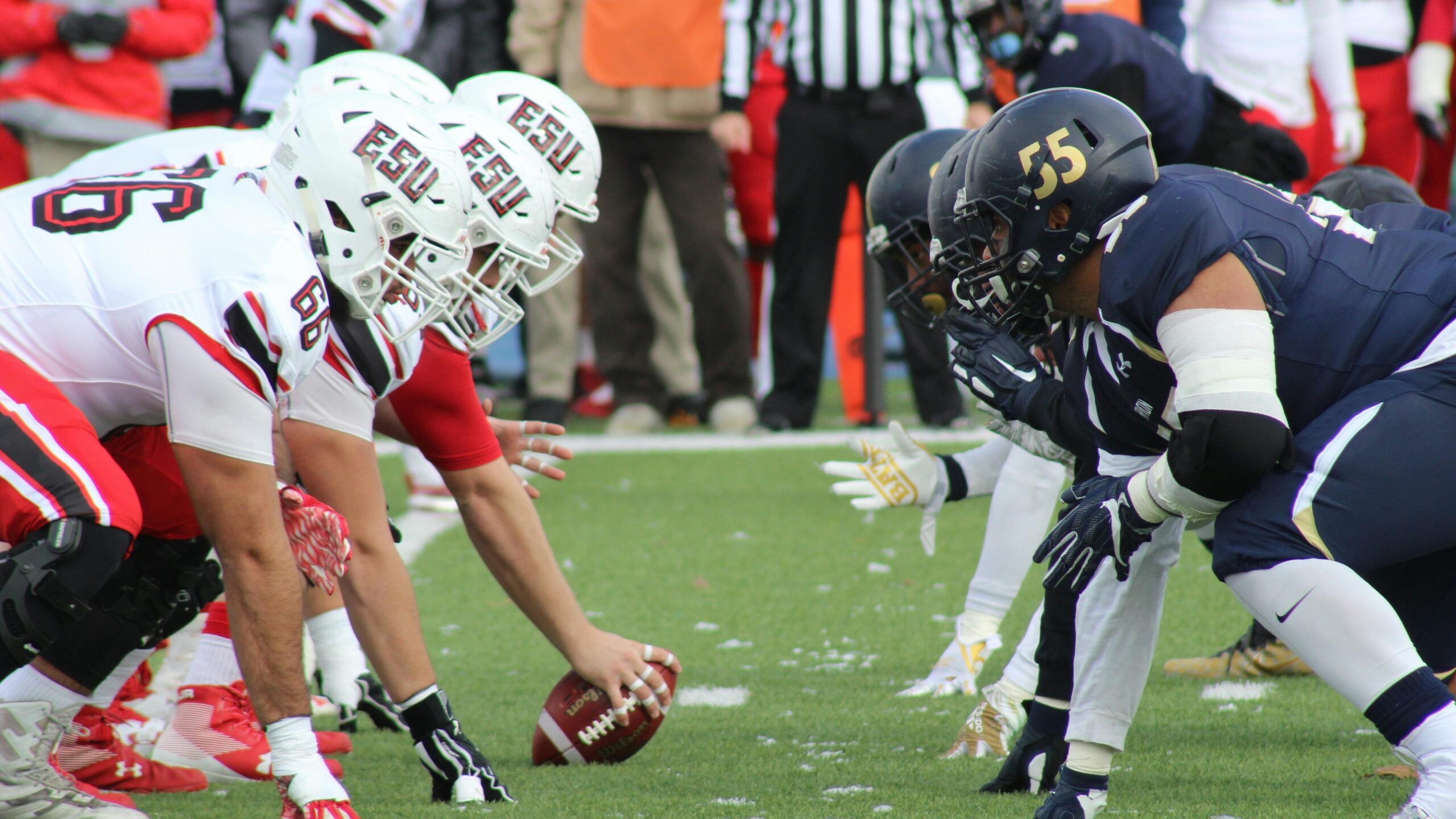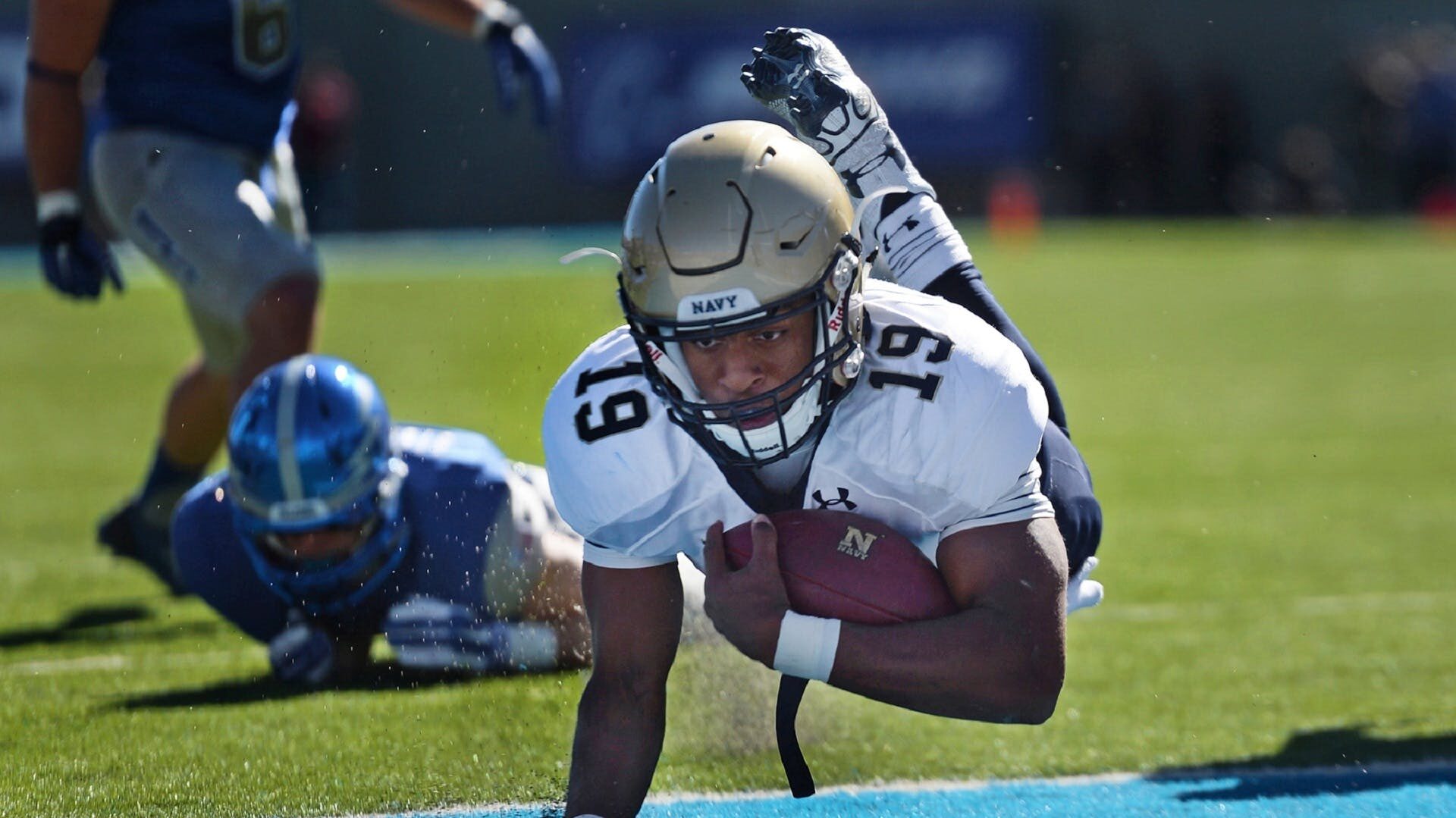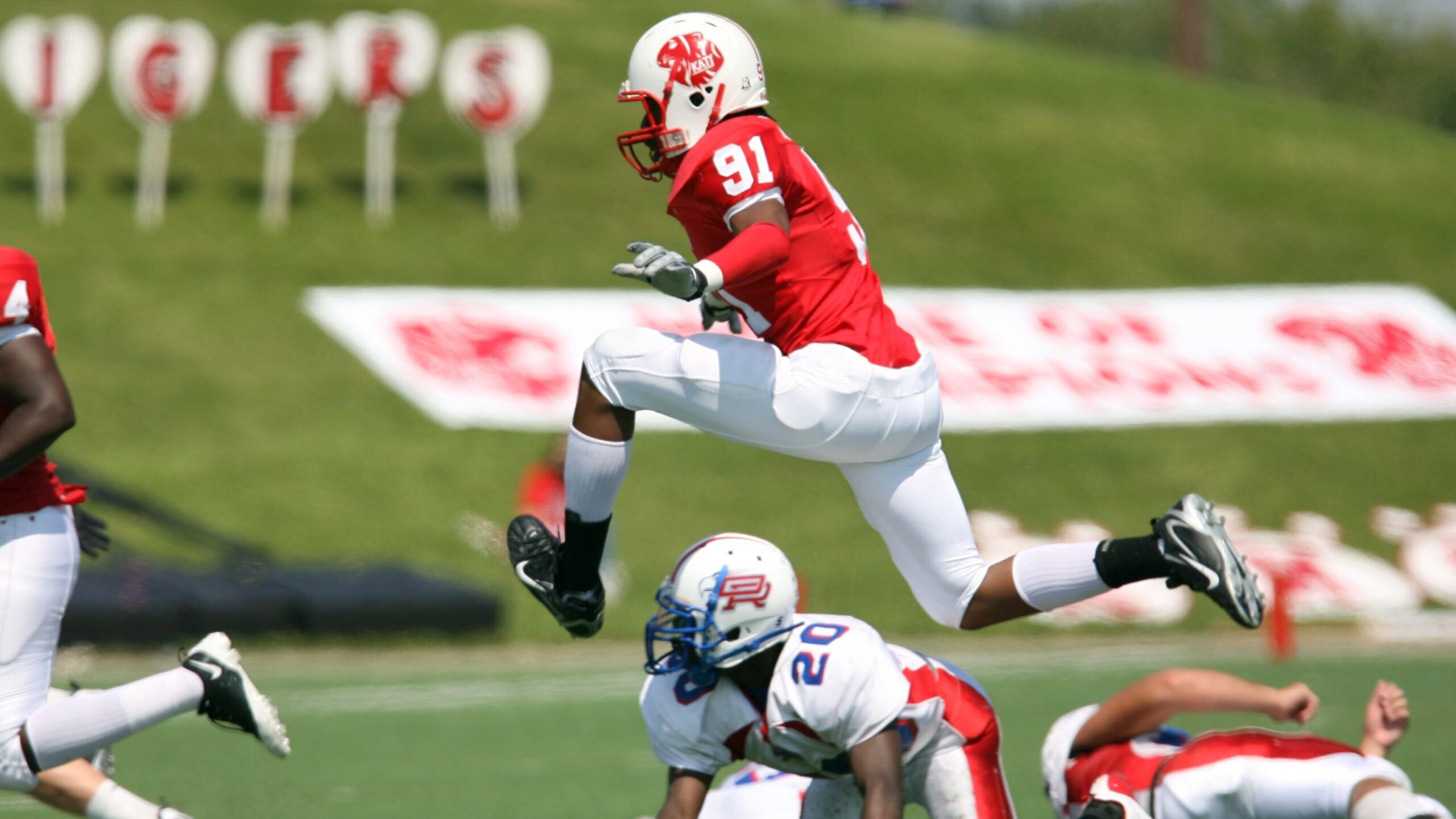If you are a fan of college football, you have probably heard of the Iron Bowl, the annual showdown between the Alabama Crimson Tide and the Auburn Tigers. But do you know how this rivalry started, why it is called the Iron Bowl, and what are some of the most memorable moments in its history? In this blog, we will explore the origins, locations, statistics and trophies of this iconic rivalry that has captivated millions of fans for over a century.
Table of Contents

The Origins of the Iron Bowl
The first game between Alabama and Auburn took place on February 22, 1893, at Lakeview Park in Birmingham, Alabama. The game was organized by a group of students from both schools who wanted to play football against each other. Auburn won the game 32-22, but Alabama disputed the result, claiming that it was the season finale for 1892, not the season opener for 1893. Thus, the first argument in the rivalry was born.
The two teams played again in 1894 and 1895, with Auburn winning both games. However, the rivalry was interrupted in 1896, when Alabama did not field a team due to financial difficulties. The series resumed in 1899, and continued until 1907, with Alabama winning six games and Auburn five. However, after the 1907 game, which ended in a 6-6 tie, the rivalry was suspended for 41 years, due to a dispute over the game contract, the officiating, and the violence on and off the field.
The rivalry was revived in 1948, thanks to the efforts of the Alabama legislature, which passed a resolution urging the two schools to resume the series. The game was played at Legion Field in Birmingham, which was considered a neutral site, since it was the home stadium for both teams. Alabama won the game 55-0, the largest margin of victory in the series history. The game was also the first to be televised in the state of Alabama.
The Name of the Iron Bowl
The name “Iron Bowl” was coined by Auburn coach Ralph “Shug” Jordan in 1964, when he was asked by reporters how he would deal with the disappointment of not taking his team to a bowl game. He replied, “We’ve got our bowl game. We have it every year. It’s the Iron Bowl in Birmingham.” The name stuck, and became the official nickname of the rivalry in 1969.
The name reflects the historical role of Birmingham as the leading industrial city of the South, rivaling Pittsburgh, Pennsylvania in the production of pig iron, coke, coal and steel. The city was also the site of the game for most of the 20th century, until 1989, when the game was moved to the campuses of the two schools, alternating between Jordan-Hare Stadium in Auburn and Bryant-Denny Stadium in Tuscaloosa.

The Statistics and Trophies of the Iron Bowl
The Iron Bowl is one of the most competitive and prestigious rivalries in college football, as both teams have been among the nation’s elite programs for most of the time since the 1950s. When combined, they account for 36 SEC titles, with 28 coming from Alabama and 8 from Auburn. Both are also among the most successful programs in major college football history; Alabama is second in all-time total wins among Division I FBS schools while Auburn is 13th.
The Iron Bowl has also had a significant impact on the national championship picture, as the winner of the game has gone on to claim or play for the national title 15 times since 1971. The most recent example was in 2017, when Alabama lost to Auburn 26-14, but still made the College Football Playoff and defeated Georgia 26-23 in overtime to win the national championship.
The all-time series record between Alabama and Auburn is 49-37-1 in favor of Alabama. The longest winning streak in the series is nine, held by Alabama from 1973 to 1981. The current winning streak is three, also held by Alabama, who won the last game 49-27 in 2022.
The winner of the Iron Bowl receives the James E. Foy, V-ODK Sportsmanship Trophy, named after a former dean of students at both schools and a former president of the Omicron Delta Kappa honor society. The trophy is presented by the ODK chapters of both schools at a ceremony on the winner’s campus the following spring.
The Memorable Moments of the Iron Bowl
The Iron Bowl has produced many memorable moments that have become part of the lore of college football. These are a handful of the most noteworthy ones:
- The Run in the Mud: In 1957, Auburn running back Tommy Lorino scored the only touchdown of the game on a 38-yard run in the mud, as Auburn beat Alabama 40-0 to clinch its first national championship.
- The Punt, Bama, Punt: In 1972, Auburn blocked two punts by Alabama in the fourth quarter and returned them for touchdowns, erasing a 16-0 deficit and stunning Alabama 17-16.
- The Wrong Way Run: In 1974, Alabama running back Mike Stock fumbled the ball near the Auburn goal line and Auburn defensive back Mike Fuller picked it up and ran 95 yards the wrong way, before realizing his mistake and turning around. He was tackled at the Alabama 3-yard line, but Auburn scored on the next play and won 17-13.
- The Bo Over the Top: In 1982, Auburn freshman running back Bo Jackson leaped over the pile at the goal line on fourth down with 2:26 left in the game, scoring the winning touchdown and ending Alabama’s nine-game winning streak in the series, 23-22.
- The Kick: In 1985, Alabama kicker Van Tiffin nailed a 52-yard field goal as time expired, giving Alabama a 25-23 victory and spoiling Auburn’s perfect season.
- The Reverse: In 1986, Auburn wide receiver Lawyer Tillman scored the winning touchdown on a 9-yard reverse with 32 seconds left, as Auburn beat Alabama 21-17 and denied Alabama a share of the SEC title.
- The First Time: In 1989, the Iron Bowl was played for the first time at Jordan-Hare Stadium in Auburn, ending a 41-year tradition of playing the game in Birmingham. Auburn won the game 30-20, in front of a record crowd of 85,319.
- The Comeback: In 2010, Auburn trailed Alabama 24-0 in the second quarter, but rallied behind quarterback Cam Newton, who threw for three touchdowns and ran for another, to win 28-27 and complete the biggest comeback in Iron Bowl history. Auburn went on to win the national championship that year.
- The Kick Six: In 2013, the Iron Bowl featured one of the most dramatic endings in college football history. With the game tied at 28-28 and one second left, Alabama attempted a 57-yard field goal, but the kick fell short and was caught by Auburn cornerback Chris Davis, who ran it back 109 yards for a touchdown, giving Auburn a 34-28 win and sending them to the SEC Championship Game.
- The Iron Bowl of Basketball: In 2019, the Iron Bowl rivalry extended to basketball, as both teams made the NCAA Tournament for the first time in the same year. Auburn reached the Final Four for the first time in school history, while Alabama advanced to the second round.

FAQs about the Iron Bowl
What is the Iron Bowl?
The Iron Bowl is the name given to the annual football game between the Auburn University Tigers and the University of Alabama Crimson Tide, both charter members of the Southeastern both teams are based in Alabama and are members of the SEC. The series started in 1893 and has a long and heated history of political, economic, and social battles. The name comes from Birmingham’s historic role in the steel industry, as the city was the leading industrial center of the South in the early 20th century, rivaling Pittsburgh, Pennsylvania in the pig iron, coal, coke, and steel manufacturing industries.
The Iron Bowl is considered one of the most important football rivalries in American sports, as it reflects the passion, pride, and identity of the people of Alabama. The game is often a deciding factor in the SEC standings, the national rankings, and the bowl eligibility of both teams. The game also attracts millions of viewers across the country, as it is usually televised nationally by CBS. The game is traditionally played on Thanksgiving weekend, but in some years it has been moved up to the week before Thanksgiving to give the teams a bye for a potential SEC Championship Game berth.
How did the Iron Bowl start?
The first game of the Iron Bowl took place on February 22, 1893, at Lakeview Park in Birmingham. Auburn won the game 32-22, in what it said was the first game of the 1893 season. Alabama disagreed, calling it the season finale for 1892. From the start, there was an argument.
The rivalry continued until 1907, when it was suspended for 41 years due to various disputes over money, scheduling, officiating, and violence. The main reason for the hiatus was a disagreement over the hotel allowance for each player, which amounted to $34 in 1908. Neither side could reach a compromise, and the series was called off.
The rivalry resumed in 1948, thanks to the intervention of the state legislature, which threatened to cut off funding for both schools if they did not play each other. The game was played at Legion Field in Birmingham, a neutral site that could accommodate more fans than the campuses. The game was dubbed the “Iron Bowl” by Auburn coach Ralph “Shug” Jordan in 1964, when he said, “We’ve got our bowl game. We have it every year. It’s the Iron Bowl in Birmingham.”
Where is the Iron Bowl played?
From 1948 to 1988, the Iron Bowl was played exclusively at Legion Field in Birmingham, except for four games that were played in Montgomery, Alabama. However, in 1989, Auburn decided to move its home games to Jordan-Hare Stadium in Auburn, ending the neutral-site tradition. Alabama followed suit in 1998, moving its home games to Bryant-Denny Stadium in Tuscaloosa. Since 1999, the Iron Bowl has been played at the campuses of the respective teams, alternating every year.
Who has the edge in the Iron Bowl?
Alabama leads the all-time series with Auburn 49-37-1, as of 2022. Alabama also has the longest winning streak in the series, with nine consecutive victories from 1973 to 1981. Auburn has the largest margin of victory in the series, with a 55-0 blowout in 1948. The most recent game, in 2022, was won by Alabama 49-27, extending its current winning streak to three.
What is the trophy for the Iron Bowl?
The official trophy for the Iron Bowl is the James E. Foy, V-ODK Sportsmanship Trophy, which was introduced in 1948. The trophy is named after James E. Foy, who served as the dean of student affairs at both Auburn and Alabama, and the Omicron Delta Kappa (ODK) leadership honor society, which sponsors the trophy. The trophy is presented to the winning team’s student government association president by the losing team’s student government association president. The trophy is also engraved with the names of the game’s most valuable players, as selected by the media.
What are some of the most memorable moments of the Iron Bowl?
The Iron Bowl has produced many unforgettable moments, plays, and games that have defined the rivalry and the history of college football. These are a handful of the most noteworthy ones:
- The 1972 “Punt Bama Punt” game, in which Auburn blocked two Alabama punts and returned them for touchdowns in the final minutes, turning a 16-0 deficit into a 17-16 victory.
- The 1982 “Bo Over the Top” game, in which Auburn running back Bo Jackson leaped over the Alabama defense for a touchdown on fourth-and-goal, giving Auburn a 23-22 win and ending Alabama’s nine-game winning streak.
- The 1985 “Wrong Way Bo” game, in which Alabama linebacker Van Tiffin kicked a 52-yard field goal as time expired, giving Alabama a 25-23 win and spoiling Auburn’s undefeated season. The game also featured a controversial play in which Bo Jackson ran out of bounds on a fourth-down conversion, stopping the clock and allowing Alabama to get the ball back.
- The 1993 “11-0” game, in which Auburn, operating under NCAA sanctions and prohibited from broadcasting live on television, defeated Alabama 22-14 to cap off an undefeated season and deny the Crimson Tide a chance to play for the national championship.
- The 2009 “Drive for the Ages” game, in which Alabama quarterback Greg McElroy led a 15-play, 79-yard drive in the final minutes, capped by a touchdown pass to Roy Upchurch, giving Alabama a 26-21 win and preserving its undefeated season and eventual national title.
- The 2010 “Camback” game, in which Auburn, led by Heisman Trophy winner Cam Newton, erased a 24-0 deficit and scored 28 unanswered points, winning 28-27 and clinching a spot in the SEC Championship Game and the national title game.
- The 2013 “Kick Six” game, in which Auburn returned a missed Alabama field goal 109 yards for a touchdown as time expired, winning 34-28 and advancing to the SEC Championship Game and the national title game. The game is widely regarded as one of the greatest finishes in sports history.
